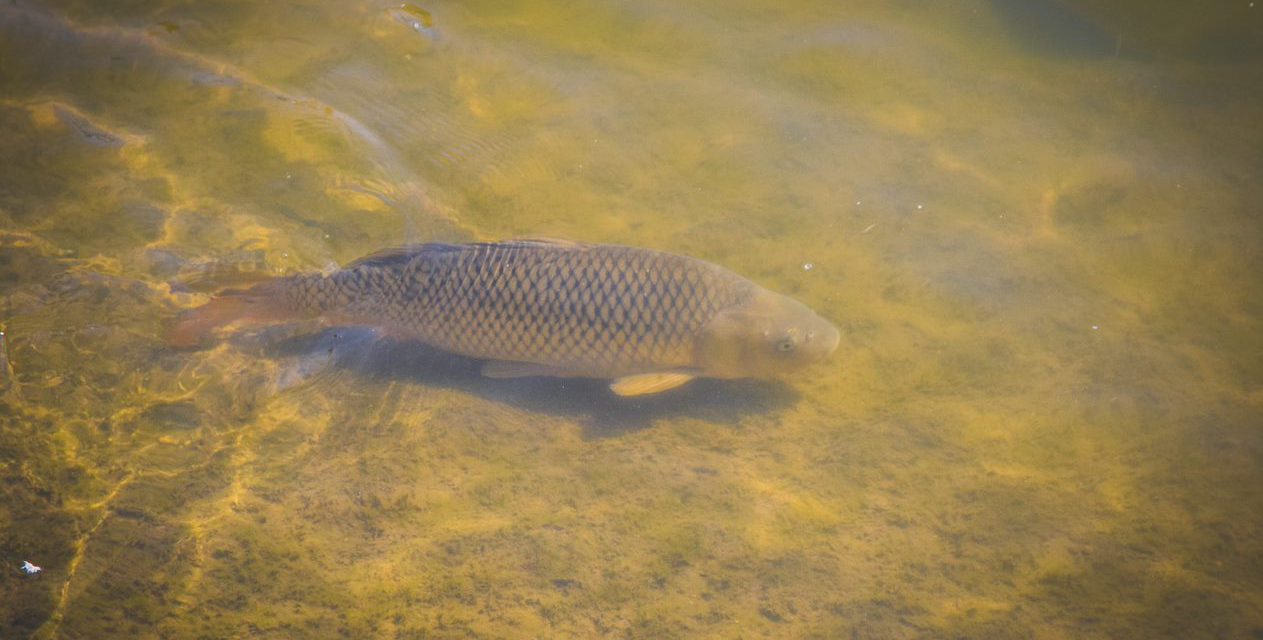The National Carp Control Plan (NCCP) remains on track to be delivered to the Australian Government in December 2019.
It is addressing the questions: is it feasible to release the carp herpes virus to control carp? If so what is the most effective way to release and manage the virus?
Results from over nineteen projects addressing these questions are now coming in. These results, along with other research will inform a feasibility assessment and plan.
Carp (Cyprinus carpio) are the most abundant freshwater fish in many waterways of south eastern Australia. Carp have detrimental effects on water quality, native fish, fishing and irrigation.
However, identifying specific benefits of carp removal is complex. Scientists suggest the long-term ecological response to carp removal are influenced by the flow history and the type of ecosystem.
Carp control focuses on the premise that reducing the number of carp in Australia’s waterways will improve the health of aquatic ecosystems. This premise is based on experimental and anecdotal evidence from Australia and overseas.
Additional recent research also highlights potential impacts on the broader environment following reductions in carp numbers.
As part of the project, researchers invited experts from a wide range of disciplines to participate in an online survey and workshops to predict how different levels of carp reduction would affect a variety of ecosystems and species including, native fish, water plants, macroinvertebrates (molluscs, water bugs, yabbies, shrimp), water birds, amphibians, algae, zooplankton. They also considered the response to water quality.
Forty-nine experts responded to the survey and were invited to discuss their thoughts in two workshops. They were then given the opportunity to review their predictions in light of the workshop discussions.
The experts predicted that carp populations need to be significantly reduced to provide benefits across most ecosystems. They emphasised that different ecosystem types will vary in their response to carp and that responses are expected to also vary through time.
In addition, experts identified factors they believed would influence ecosystem responses.
Photo: Tom Rayner








